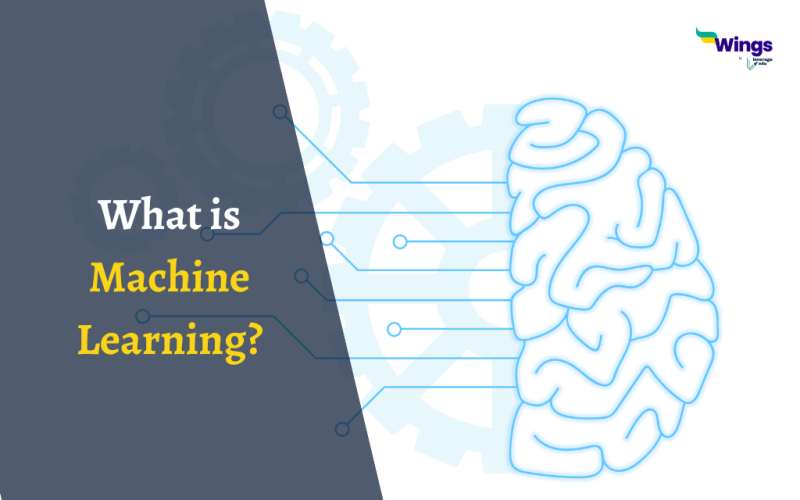Artificial intelligence’s field of machine learning enables systems to learn from experience and advance without explicit programming. Due to the numerous real-world uses, it has in numerous industries, it has gained popularity in recent years. In this article, we’ll examine the fundamentals of machine learning, go into more complex subjects, and talk about how it’s being applied to actual issues. We hope you will find something of interest here, whether you are a novice hoping to learn about machine learning or an expert data scientist looking to keep up with the most recent advancements.
What is Machine Learning?
Software programmes can forecast outcomes more correctly by using machine learning (ML), a type of artificial intelligence (AI), without having to be explicitly told to do so. Machine learning techniques employ previous data as input to predict new output values.
It is frequently used in recommendation engines. Malware threat detection, business process automation, spam filtering, predictive maintenance, and fraud detection are a few additional common uses.
Also Read: Data Privacy: Meaning, Importance, Laws
Features of Machine Learning
Given below are a few features of Machine Learning:
- Data is used by to find different patterns in a dataset.
- It can automatically get better by learning from previous data.
- Data is what drives this technology.
- Machine learning & Data mining are quite similar because both processes work with vast amounts of data.
Also Read: What is Metaverse?
Classification
There are 3 broad categories of classification:
- Supervised learning
- Unsupervised learning
- Reinforcement learning
- Supervised learning
Data scientists specify the parameters that they want the system to explore for relationships between this type of machine learning, and they supply the algorithms with annotated training data. The input and output of the algorithm are both described.
- Unsupervised learning
On data that has not been labelled, such algorithms are trained, such machine learning algorithms are trained. The programme goes over the data sets looking for any meaningful links. Both the forecasts or suggestions that algorithms provide and the raw data that they utilise to learn are preset.
- Reinforcement learning
Reinforcement learning is frequently used by data scientists to teach a machine to perform a multi-step process with precise criteria. Data scientists design an algorithm to achieve a goal, giving it either positive or negative input as it decides how to do so. The algorithm often makes the decision on its own, though.
This was all about What is Machine Learning? Visit our General Knowledge Page to discover more intriguing articles about Science and Technology. Get in touch with the experts at Leverage Edu in order to kickstart your study abroad journey!
 One app for all your study abroad needs
One app for all your study abroad needs













